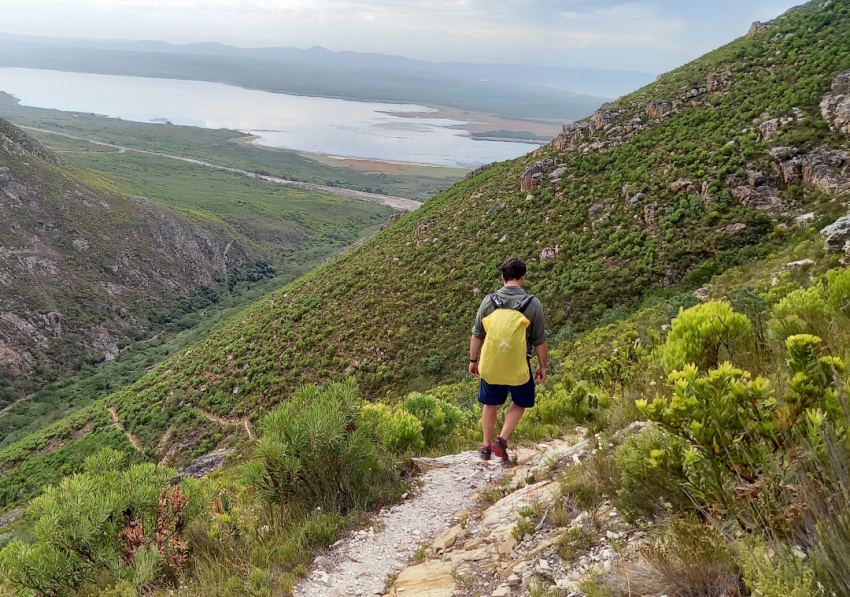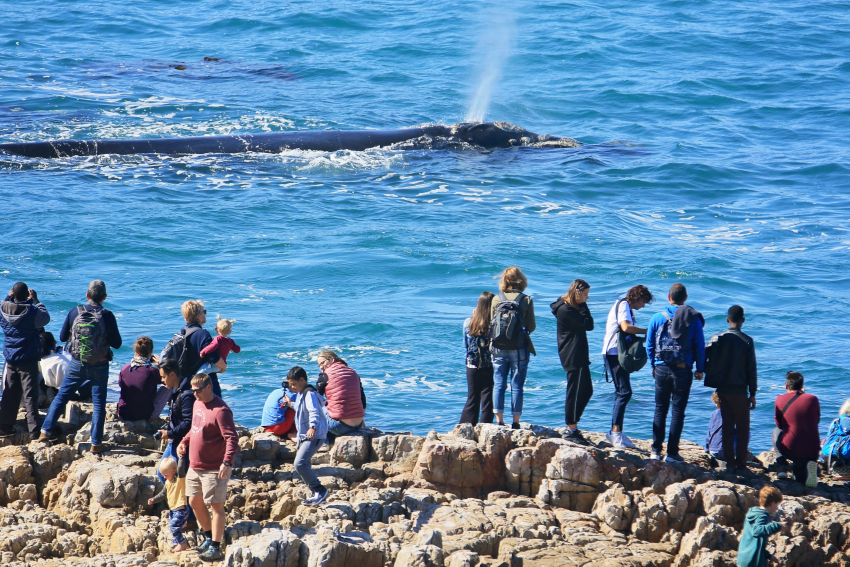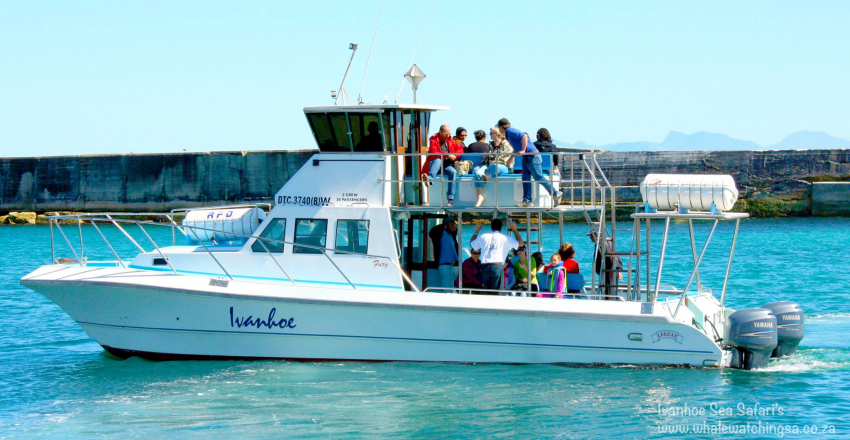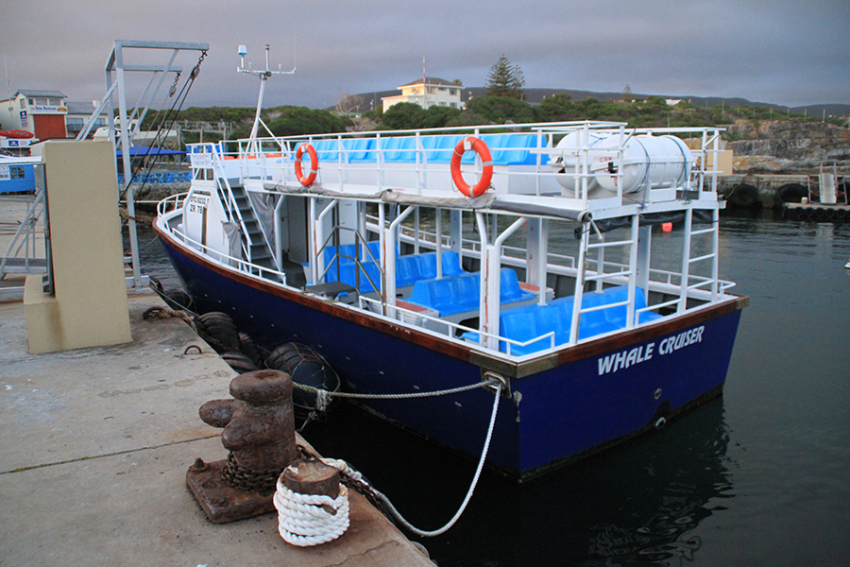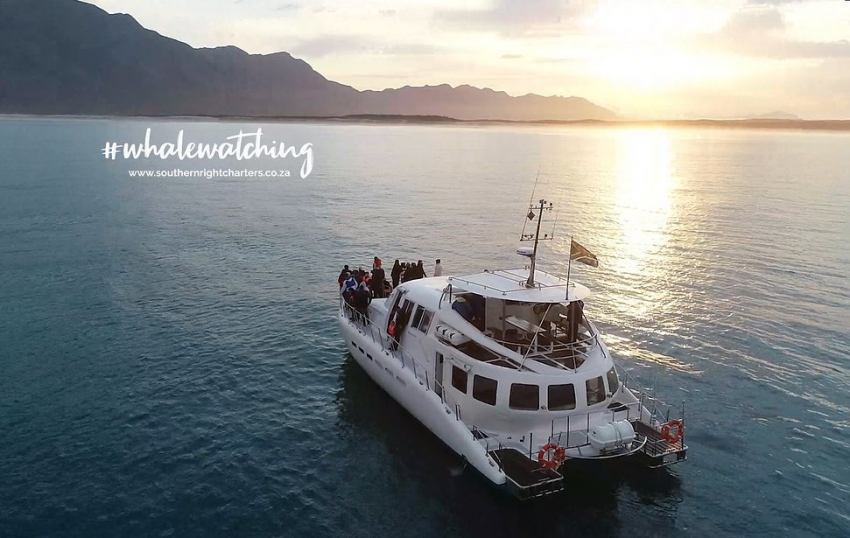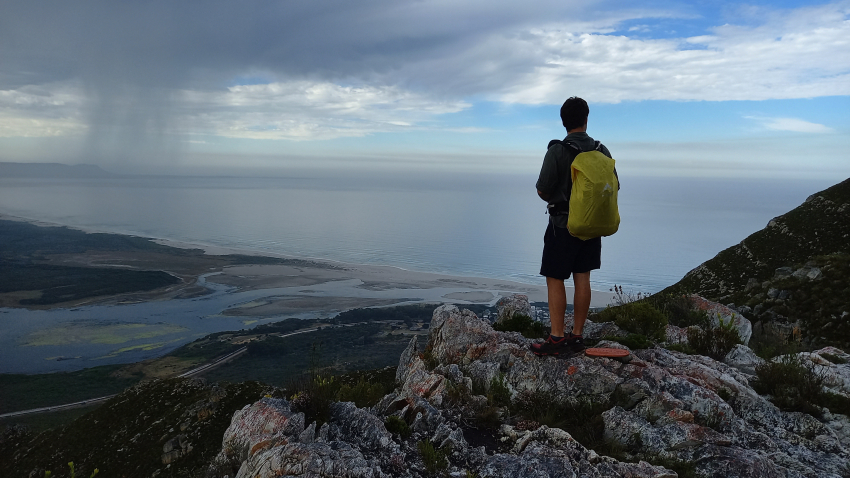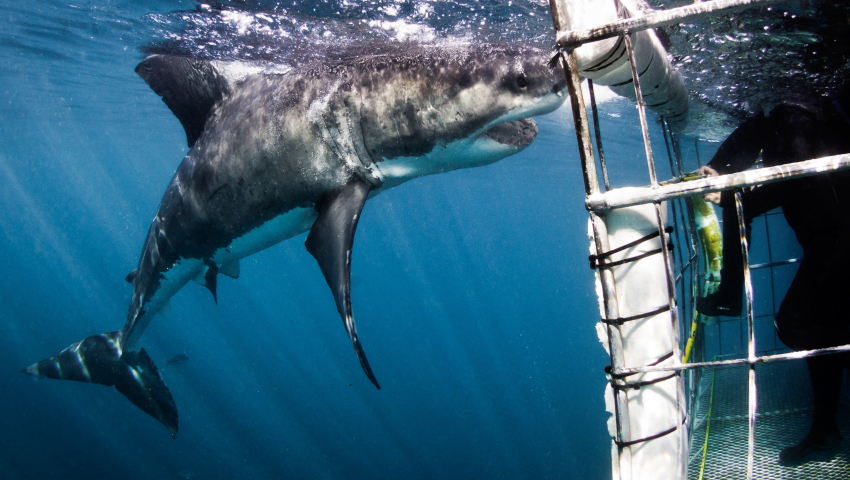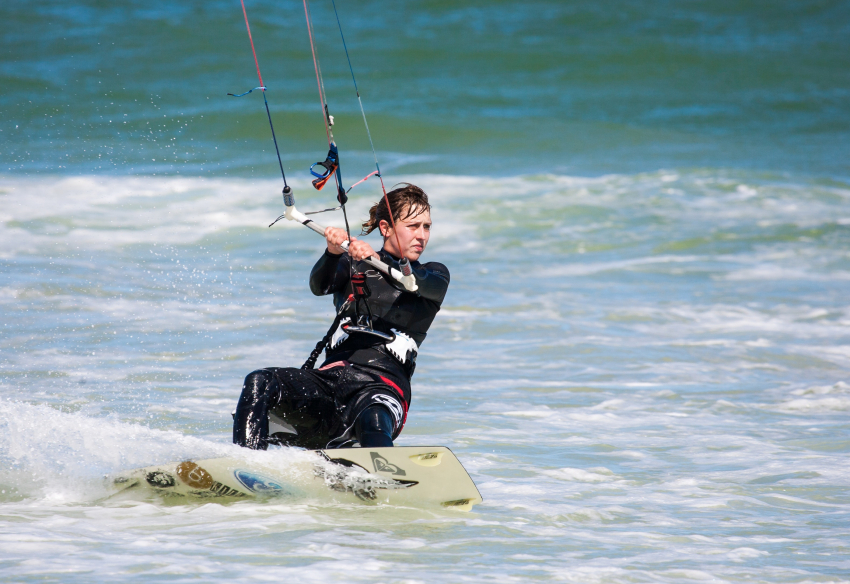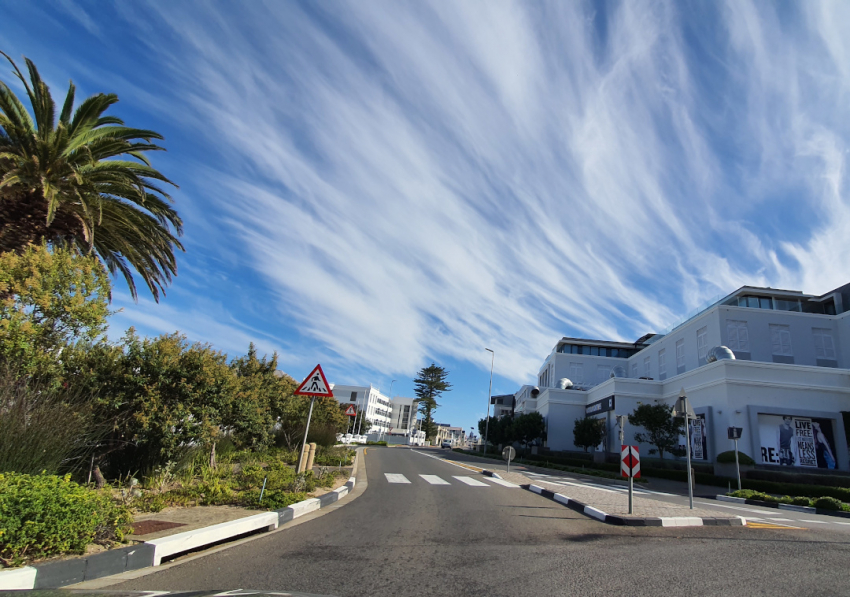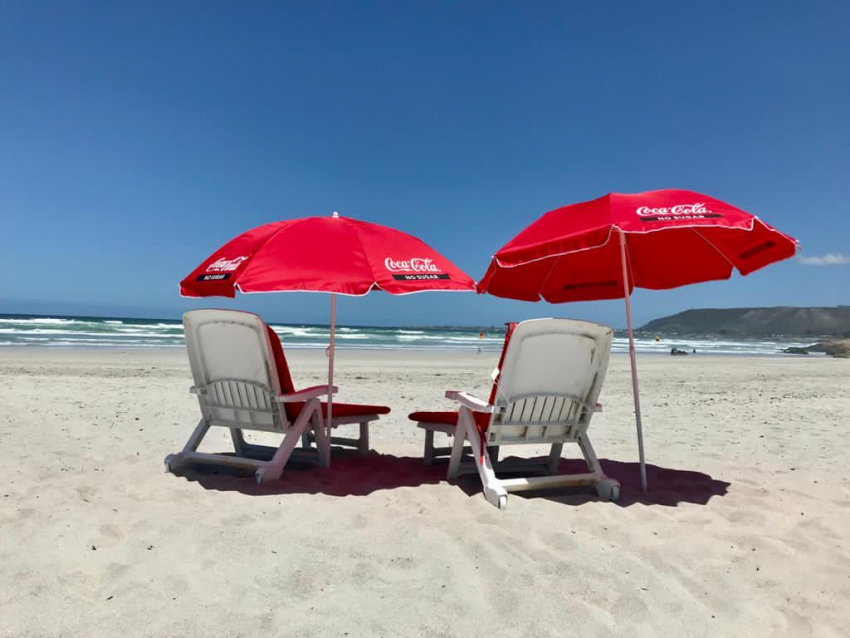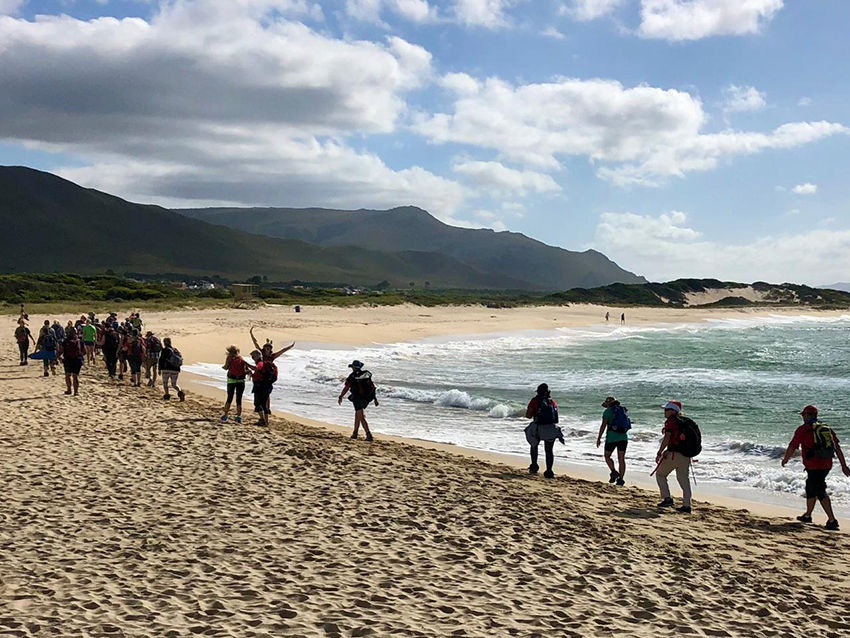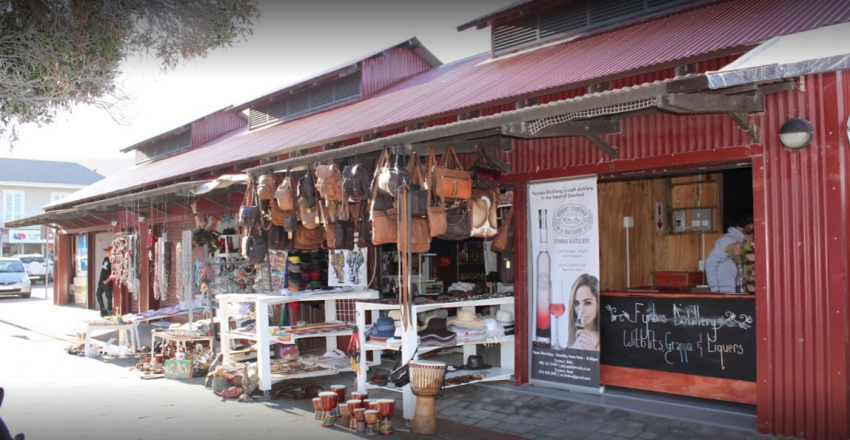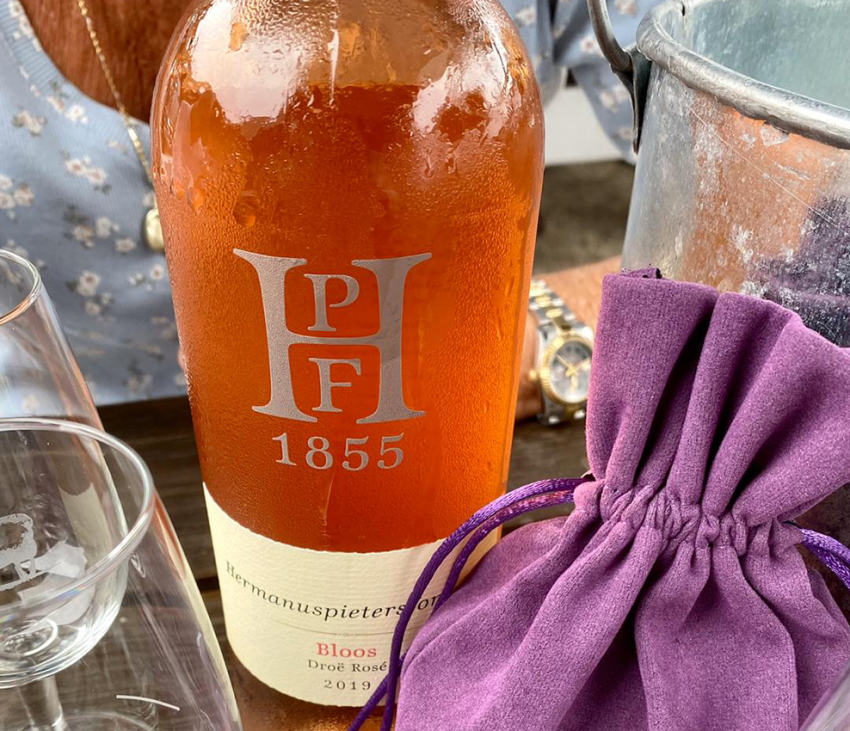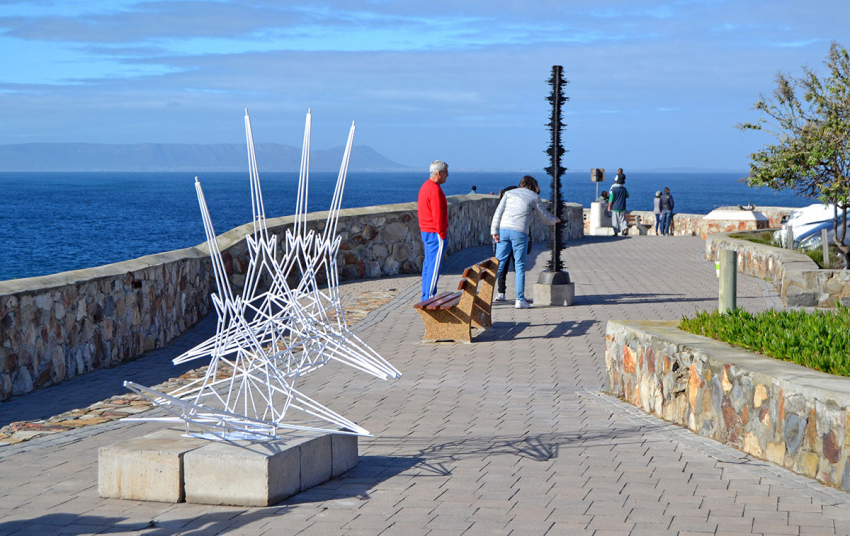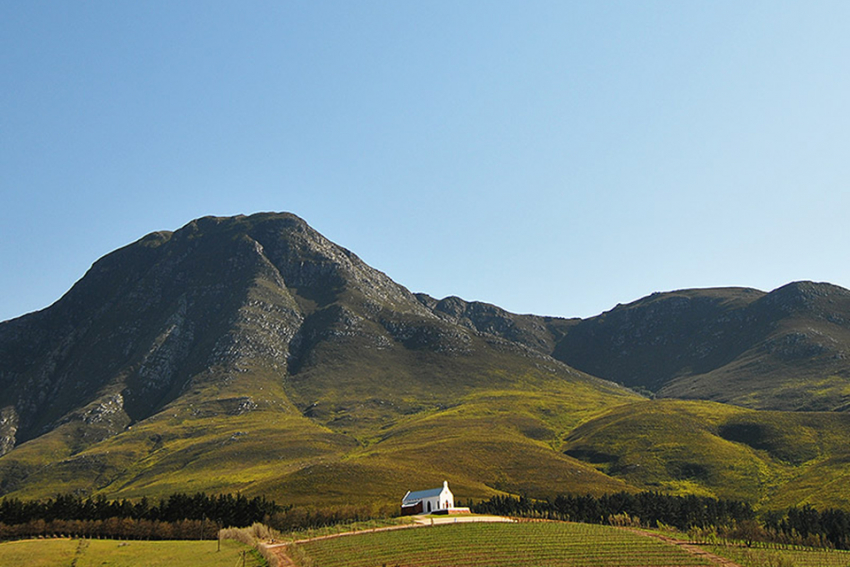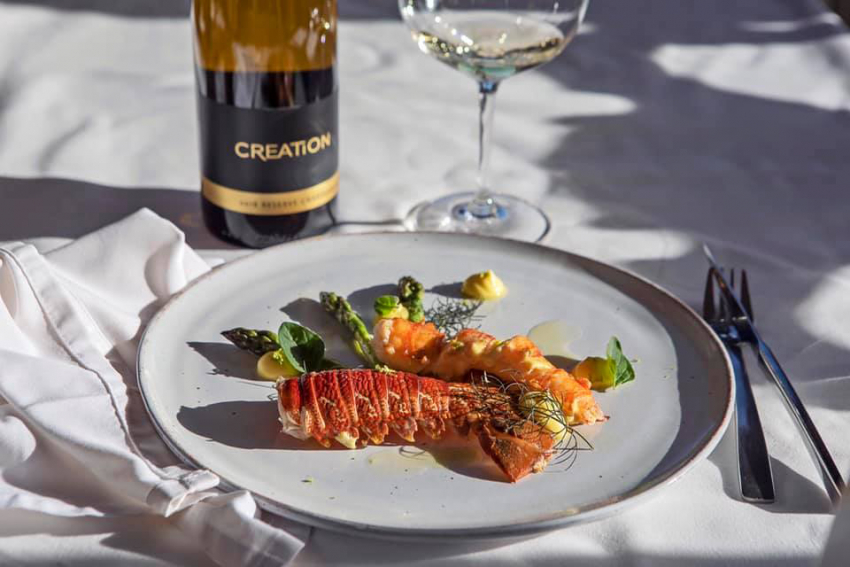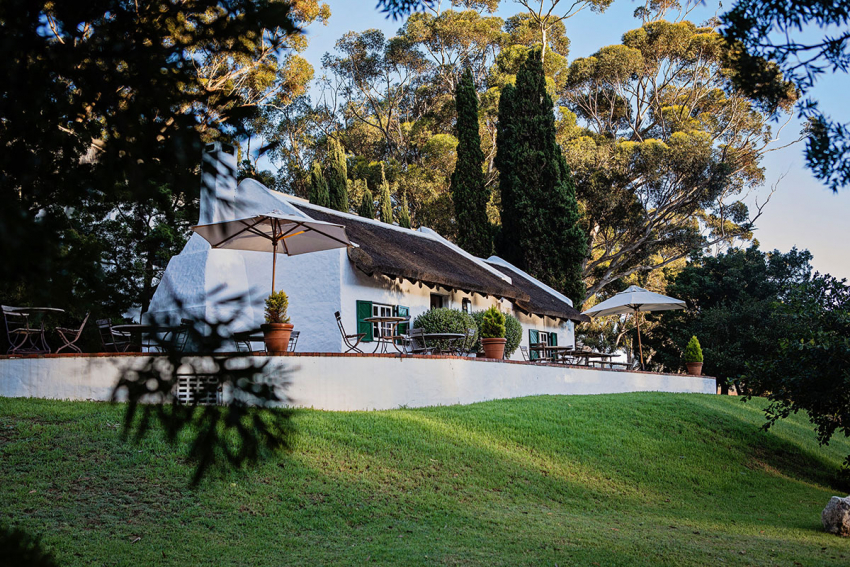The Southern Right Whale
Eubalaena Australis
 |
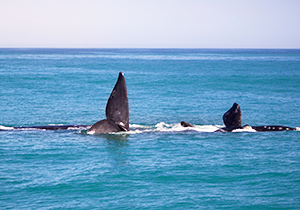 |
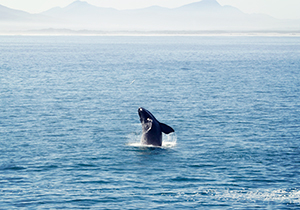 |
Famous for their majestic nature and gargantuan size, the Southern Right Whale has always been a fascination for many. Their playful nature and rarity have made them a famous addition to the Cape Whale Coast between June and October every year. Thousands of whale-lovers arrive along the coast to witness these massive mammals birth and care for their new-born calves.
Southern Rights are so named because they were seen as the “right whales” to hunt in the past due to their slow movements and inability to dive for long periods of time. Because of this their numbers have been depleted drastically, with only 3000 or so left. However, with time and the banning of whale hunting the numbers are said to start increasing slowly but surely.
CRUISING THE COAST
Hermanus offers many beautiful and professional Whale Watching Cruises that can be enjoyed in large groups or smaller parties. These outtings take visitors out along the edge of the Marine Reserve to look for and watch these massive animals. The cruise boats are able to come within 50 meters of the whales but these curious creatures usually end up coming up to the boat for a closer look! It's also advised that bookings be made well in advance as the seats are limited and go quickly in-season.
WHAT TO LOOK FOR
Southern Rights can grow to around 15 meters (49 feet) in length and can weigh over 47 tonnes, with the largest of the species being recorded at 18 meters (59 feet) and 80 tonnes, aging almost 100 years! They are most easily recognised by the callosities (sometimes mistaken for barnacles) that cover their heads and blowholes. These unique patches have been used to record the different whales, as each layout is as unique as a fingerprint.
Many Southern Rights are also mottled in colour, with large black and white splotches patterning their bellies – making it easier to spot them when they’re relaxing in the water. Around 4% of these whales are born completely white and carry this into adulthood. Something that not many know is that Southern Rights are extremely susceptible to sunburn and skin cancer and therefore shy away from bright and warm days. The albino whales are even more at risk to this and are therefore rarely seen. It’s because of this that the whales choose to make their way to Hermanus in the winter months, when the sun is weaker and the waters cooler.
Another discerning factor is the v-shaped blowhole atop their heads. When the whales expel air, a distinctive v-shaped plume of misty air is shot into the air, which can be spotted from quite a distance away.
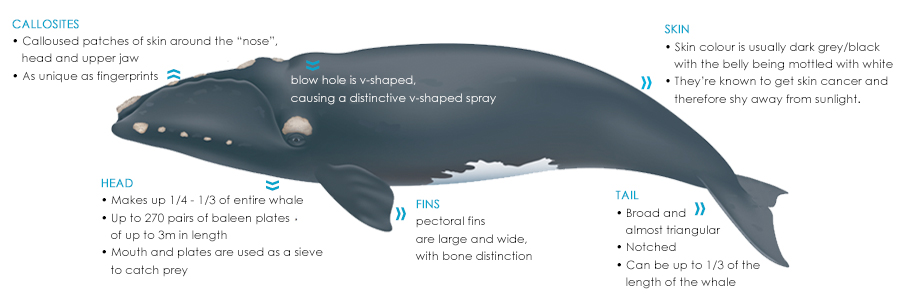
COMMUNICATION
Southern Rights, like most whales, use echolocation to communicate. This technique uses sonar to send “messages” along the ocean’s vast expanse and can reach for miles around. These haunting calls are as unique as any language and has been studied for many years but not much headway has been made into what each call means.
It’s also said that the whales communicate along shorter distances by leaping out of the water and hitting their tails along the top of the water, creating loud slapping sounds that reverberate around them. This may also be a way to remove parasites from their bodies.
SWIMMING
Southern Rights have several swimming movements that have been recorded. Each one has a specific use and can be used to spot them from a distance.
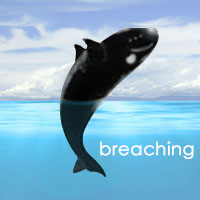 |
 |
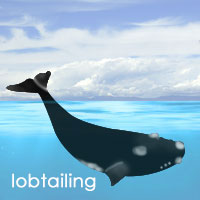 |
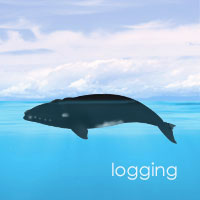 |
 |
 |
WHALE WATCHING TIPS
You can find our FREE PRINTABLE WHALE GUIDE here.

